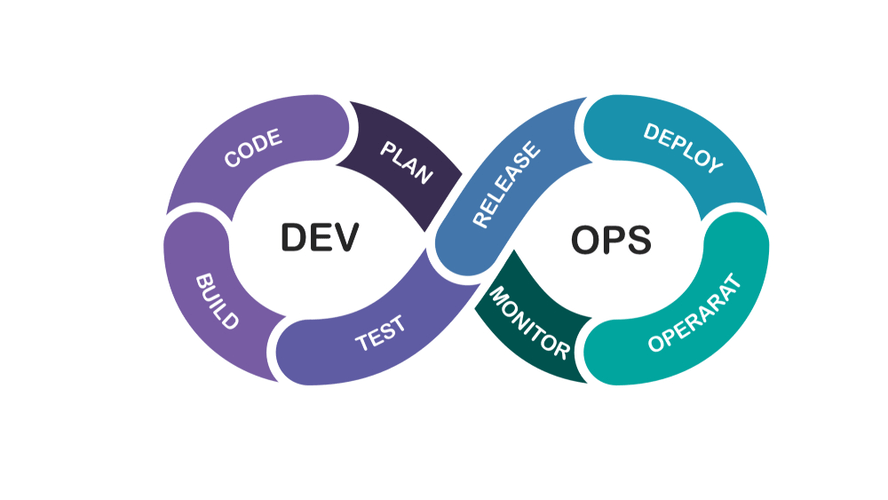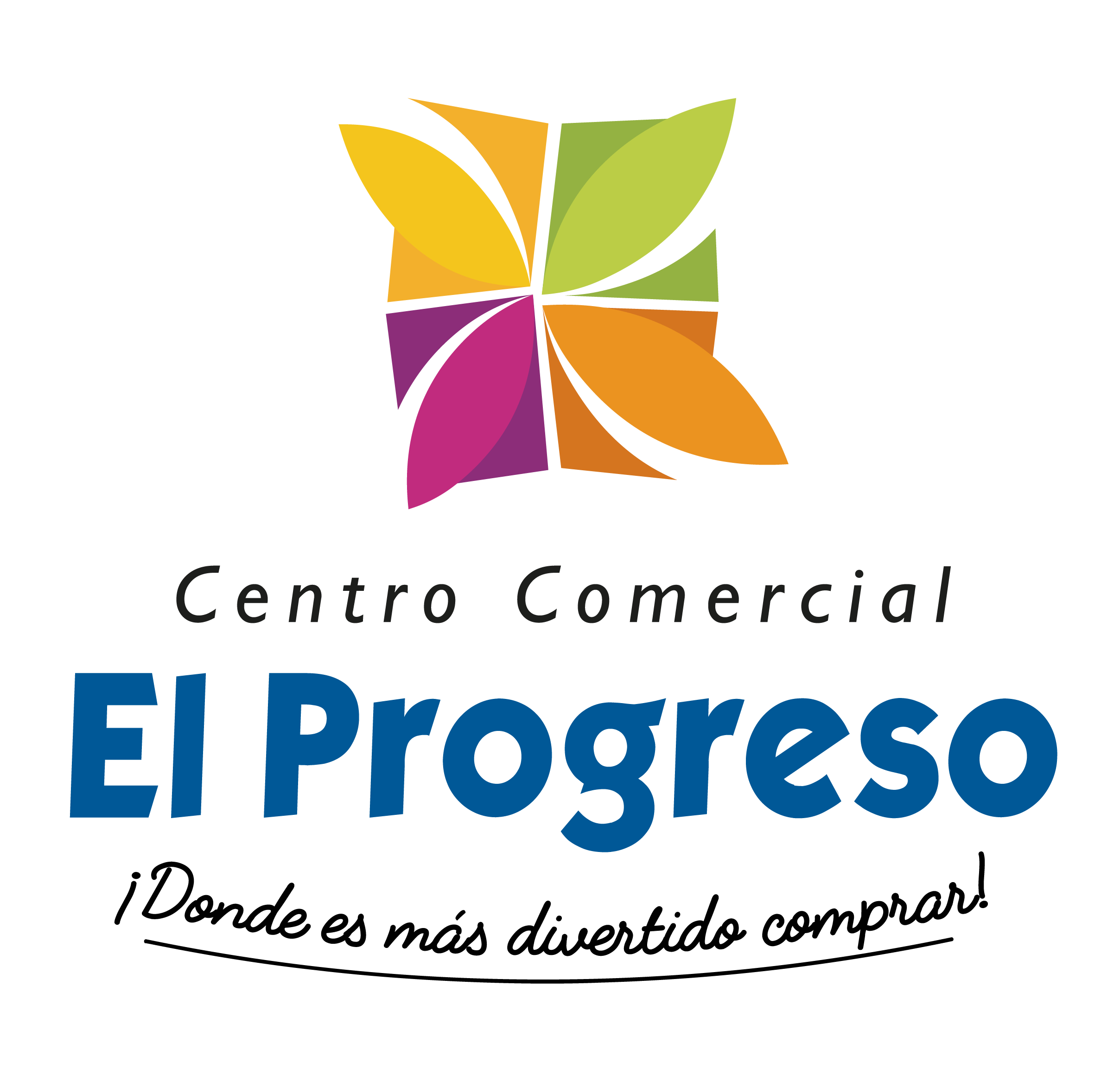Содержание
Conflict, controversy and personal opinions are avoided even though members are beginning to form impressions of each other and gain an understanding of what the group will do together. Some believe this cautious behavior prevents the group from getting any real work done. However, the focus for group members during the forming stage is to become familiar with each other and their purpose, not on work. In our example, the marketing team reached an agreement and restructured the roles of its members during the norming phase of group development. Team members remain happy and loyal towards to group’s function, and they are quickly approaching the completion of the group’s goal. The team is free of conflict, members trust each other, and productivity is at an all-time high.
- Monitor their working time on their own, using Everhour integrated tools.
- Guest UsersKeep meeting notes in one place by bringing everyone you work with – vendors, clients, agencies – into Fellow.
- (Sadly, not a perfect rhyme.) Once a project ends, the team disbands.
- Members become more comfortable with each other and understand the significance of utilizing their diverse perspectives to find practical solutions to any challenges.
In this world of constant notifications, it’s easy for people to get derailed and forget which goals are really important. This is especially important for creative and development teams. His theory, which is referred to as Tuckman’s Stages, is centered around his research on the dynamics of teams and team building.
Mastering The Key Stages Of Group Development
During the Forming stage, much of the team’s energy is focused on defining the team so task accomplishment may be relatively low. Team effectiveness is enhanced by a team’s commitment to reflection and on-going evaluation. In addition to evaluating accomplishments in terms of meeting specific goals, for teams to be high-performing it is essential for them to understand their development as a team.
[Funding roundup] Unravel Data, Cheelizza, Chumbak at different stages of fundraising – YourStory
[Funding roundup] Unravel Data, Cheelizza, Chumbak at different stages of fundraising.
Posted: Tue, 27 Sep 2022 13:24:00 GMT [source]
For some groups, the forming stage lasts for just the first meeting, while for others the forming stage may linger for a couple of meetings. When conflicts are resolved, it can improve existing processes and bond members together. If everyone in your group thinks and acts the same, then why do you have a group? The benefit of working in a team is that you have access to diverse experiences, skills, and opinions that aren’t possible alone. Create a weekly work plan with tasks and share it with the team.
What Are The Five Stages Of Team Development?
Play team-building games to develop stronger and more trustful relationships in the team. The storming stage is the most stressful time for team members. However, a lot of groups break up 💔at this stage or discover serious problems in their dynamics. Clockify is a time tracker and timesheet app that lets you track work hours across projects. How to track your team’s time off Here’s how you can easily track your team’s time off in Clockify…. How to make precise work time estimates Check out these 7 tips that will help you set fast, precise, and functional time estimates for any project….

Members need more guidance, since they’re less likely to take initiative and partake in any decision-making. In this stage, the team comes together for the first time, and members get to know each other. The forming stage is often slow and casual since it primarily involves members getting acquainted. Trust is built, which plays a critical role in the team’s success. Getting everyone on the same wavelength sounds easy on paper, but that isn’t the case.
To get there, learning more about team-management skills and the https://globalcloudteam.com/ is the way to go. It might not be possible to plan an in-person meet-up, especially if your projects have short turnaround times. Create an agenda and establish a document to track ideas and comments during the meeting. Share a link to these meeting notes afterwards so that everyone has access and can review it later. Organize the agenda so that each team member has five to ten minutes to talk through their insights and ideas.
Who Invented Tuckman’s Team & Group Development Model?
It’s challenging to balance common and individual goals within a team especially during moments of discord, failure, or stress. In any team, members can’t work in tandem if there’s no chemistry between. A team’s effectiveness gets enhanced by a commitment to ongoing growth and development. That’s particularly for new teams because members need to get acquainted with each other first before they start to work towards the common goal.
The team can consult this record when future problems arise and make adaptations as needed. Your teams will soon learn that conflict is not to be feared, and that they have the tools to find a productive compromise. The team members are now competent, autonomous and able to handle the decision-making process without supervision. Dissent is expected and allowed as long as it is channelled through means acceptable to the team. Norms are only effective in controlling behaviors when they are accepted by team members. The level of cohesiveness on the team primarily determines whether team members accept and conform to norms.

The norming phase of group development also represents a time of security and adaptability within the group, as well as an increased sense of interdependent trust. During norming, individual and collective work is completed to work towards the team’s ultimate goal and feedback is shared between members of the group. On the marketing team, the two competing leaders reached an agreement and clarified the goals of the team to their peers.
Stage #5
They may start having disagreements about how to do a task or express their concerns if they think someone is not doing their fair share of work. It is essential to determine whether each individual has the right fit. Understanding Tuckman’s stages can increase the likelihood of developing a high-performing team. It requires a group to undergo different stages that are not always easy to overcome. Bruce Tuckman divided this process into 5 stages and provided characteristics, typical for each stage. Integrate Everhour in any of your current project management tools, CRMs, or accounting programs.
She can often be found testing and writing about apps meant to enhance the workflow of freelancers, remote workers, and regular employees. Appeared in G2 Crowd Learning Hub, The Good Men Project, and Pick the Brain, among other places. Track the time you spend on individual tasks, to build daily and weekly reports of the time you spend on the project.
Fellow for EnterpriseSupport company leaders with Fellow’s uniform meeting templates, collaborative one-on-one meetings, and feedback tools. It is in this stage that the team begins to operate effectively and gains momentum in completing tasks towards accomplishing the team goal. Team leaders need to make sure that the stronger personalities don’t inadvertently dominate the team and its outcomes. All members should be actively participating before this stage is complete.
Stage Five Of Team Development: Adjourning Stage
Despite initial struggles within the group, the marketing team successfully completes their goal two weeks ahead of schedule. There are scenarios when a group shifts back to the Storming stage or proceeds to the Performing stage quickly without stopping at the Norming stage. For example, this can happen when new tasks appear or if the team members have worked on many projects, and are experienced in team development stages. In this stage, all team members take responsibility and have the ambition to work for the success of the team’s goals.

Write down every idea that is offered, no matter how ridiculous it sounds. Some of the greatest entrepreneurs and inventors have had failed companies and ill-conceived ideas. Without them, no one will know what is considered acceptable behavior.
Useful Tips On Tuckmans Stages Of Group Development
Relational uncertainty can also be diminished when group members have preexisting relationships or familiarity with each other. Although the decreased uncertainty may be beneficial at this stage, too much imposed structure from the outside can create resentment or a feeling of powerlessness among group members. So a manageable amount of uncertainty is actually a good thing for group cohesion and productivity. During this time, group members experience conflict and a lack of productivity as leaders emerge and ideas are exchanged. Group members are more confident in their abilities than during the previous forming phase, meaning that disagreements will be established and a power struggle will likely occur. Members may also deviate from their originally assigned roles as they explore their own methods of completing a task.
Stage 2
They’re also sad that they won’t get to see each other on a regular basis, as they’ve grown quite close. And, what’s most important, they trust that everyone involved will do their share of the work. They know exactly which team member to call to help with each type of problem that arises in the project. Team members have grown fully accustomed to each other’s workflows. They respect and acknowledge each other’s skills, talents, and experience. They’ve polished out most questions and bought everything they need.
Cliques and subgroups start to form, and members value competition more than collaboration. An organization is only as strong as the teams it creates to handle various projects. For this reason, organizations should invest in team development since stages of group development it impacts the bottom line significantly. The five stages of team development go a long way in ensuring that your teams thrive and that conflicts are kept minimal. Most teams get to the adjourning stage at some point but that’s not always the case.
#3 Norming Stage
Groups can even use procedures like Robert’s Rules of Order to manage the flow of conversations and decision-making procedures. Group members can contest or subvert group rules just as they can norms. Violations of group rules, however, typically result in more explicit punishments than do violations of norms. The best groups have an innate understanding of their processes and structure, but that innate understanding only comes after the processes and structure have been articulated. Lucidchart is the perfect solution, as flowcharts and other visuals are easily understood and can be immediately accessed by anyone in your group.
They may also be polite and nervous about how the team will gel. The apprehensive behavior usually arises because members are unsure about the project goals and their roles. However, once that’s explained, they’ll adjust to the roles that await them. To make the most out of the adjourning stage, it is important that there be some guided and purposeful reflection. Many groups celebrate their accomplishments with a party or ceremony.
Afterward, it starts to dismantle itself in readiness for other tasks. The adjourning stage is a time for both mourning and celebration. Mourning because team members are paring after forging deep relationships during the project and celebration for a job well done. Also, expecting and understanding the normalcy of conflict can make it easier to manage issues when they happen.




